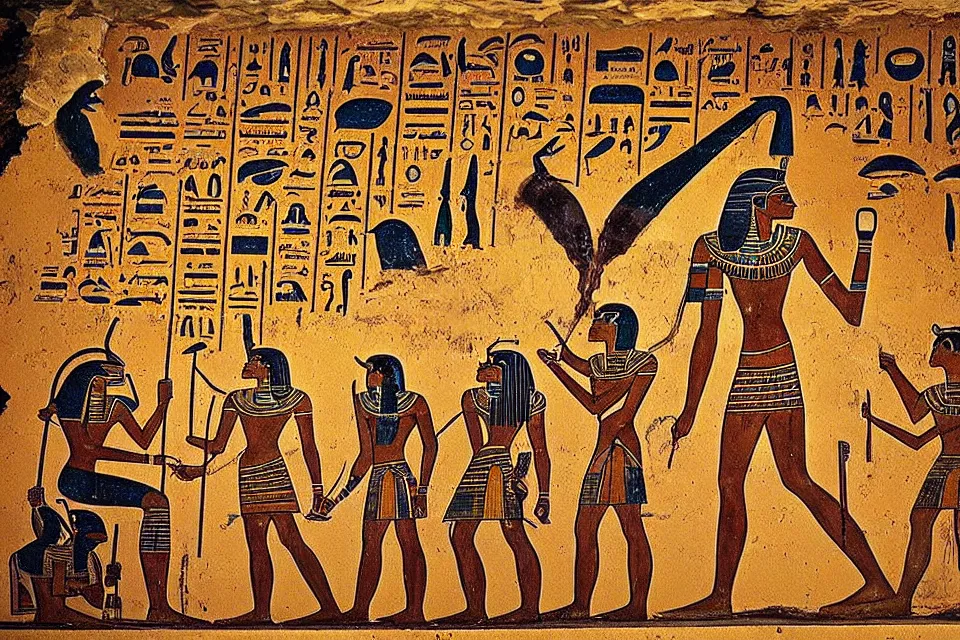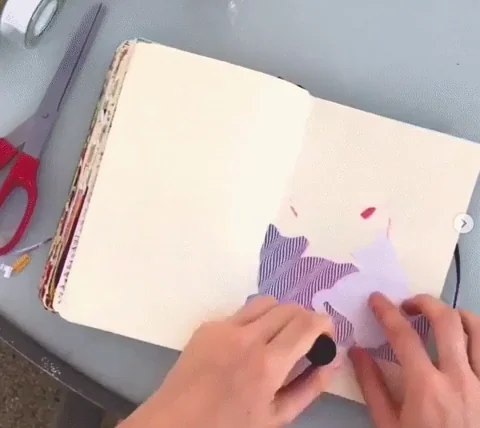Art holds profound significance in human culture and society. It is not just about aesthetic beauty but plays a crucial role in shaping identity, fostering creativity, and reflecting the human experience. Here are some reasons why art is important and how the world would crumble without it:
1. Cultural Identity and Preservation
Art is a primary means through which cultures express their identity, values, and histories. Whether it's through music, painting, literature, or dance, art carries the stories, traditions, and beliefs of a community, passing them down through generations. Without art, these cultural narratives would lose their form and ability to inspire and educate future generations. Entire histories could be forgotten or distorted, leading to a loss of cultural diversity and a homogenized global experience.
2. Emotional Expression and Connection
Art is a powerful tool for expressing complex emotions and experiences. It helps individuals understand and articulate feelings that might be difficult to express with words alone. Without art, people would struggle to connect with one another on a deep emotional level. Art allows us to share joy, pain, love, and suffering in ways that transcend language and geographical boundaries. The absence of art could lead to emotional isolation, as people would have fewer ways to understand each other’s experiences.
 |
| Even in Ancient times, the Egyptians drew on Cave walls to leave something behind for descendants. Humans are a wonder! |
3. Creative Thinking and Innovation
Art encourages creative thinking, which is essential for innovation. The process of creating art involves imagining new possibilities, challenging norms, and exploring alternative ways of thinking. Without art, the development of new ideas would be stunted. Fields like science, technology, and engineering often benefit from the creative approaches inspired by art. Without this influence, progress in various sectors might slow down or become more rigid.
4. Reflection and Critical Thinking
Art invites reflection. It challenges viewers to look at the world differently, question societal norms, and engage in critical thinking. Through visual art, literature, and performance, artists often confront issues like inequality, injustice, and environmental degradation. If art did not exist, society might lack the tools for self-reflection and social critique. People might become less aware of the world around them, leading to stagnation and even the perpetuation of harmful practices or ideologies.
5. Spiritual and Psychological Well-being
Engagement with art has proven psychological benefits. It can reduce stress, improve mental health, and foster a sense of community. Art therapy is widely used to help individuals cope with trauma, anxiety, and depression. Without art, many people would lose an important means of healing and self-care.
6. Economic Contributions
Art plays a significant role in the global economy. The art industry, including galleries, museums, entertainment, and fashion, provides millions of jobs and contributes to tourism and cultural exchange. Without art, entire industries would collapse, and economic activity linked to creativity would disappear.
7. Aesthetic Enrichment
The aesthetic value of art enriches daily life. Architecture, design, fashion, and public spaces all rely on artistic principles to create environments that inspire and uplift. Without art, the world would feel sterile and uninspiring, with a lack of beauty to appreciate in everyday life.
While it's difficult to quantify exactly how many, art can generally be categorized into several broad forms, each with many subgenres and variations. Some primary art forms are visual (drawing or photography), digital (video games or graphic design), folk (pottery or knitting) fashion (Textile or costume design), literary (poetry or non-fiction), cinematic (Films or Animation), culinary (haute cuisine or presentation), or performance (dance or music) arts. Take a look at all of the various hobbies and careers we have in art:
- Cultural Erasure: Loss of connection to traditions, histories, and expressions that form the backbone of societies.
- Emotional Disconnect: People would struggle to communicate and empathize with one another, leading to greater alienation and misunderstandings.
- Stagnant Innovation: Without the spark of creativity, technological and scientific advancements could plateau, resulting in a world that is less dynamic and less responsive to its challenges.
- Loss of Identity and Purpose: Art gives meaning to life. Without it, people might struggle to find purpose and fulfillment, contributing to a decline in overall well-being.
- Psychological Decline: The absence of art would deprive individuals of an essential outlet for emotional expression and healing, leading to heightened mental health crises.
In essence, art is integral to the very fabric of human existence. Its absence would lead to a world less rich in culture, less connected in emotion, and less vibrant in thought, innovation and creativity. Artists are always finding new ways to combine and innovate across these categories. The total number of art forms is not fixed and is constantly evolving, especially with the rise of new technologiesThe world would crumble under the weight of a loss that is felt in every aspect of life.




















Comments
Post a Comment
Share my thoughts